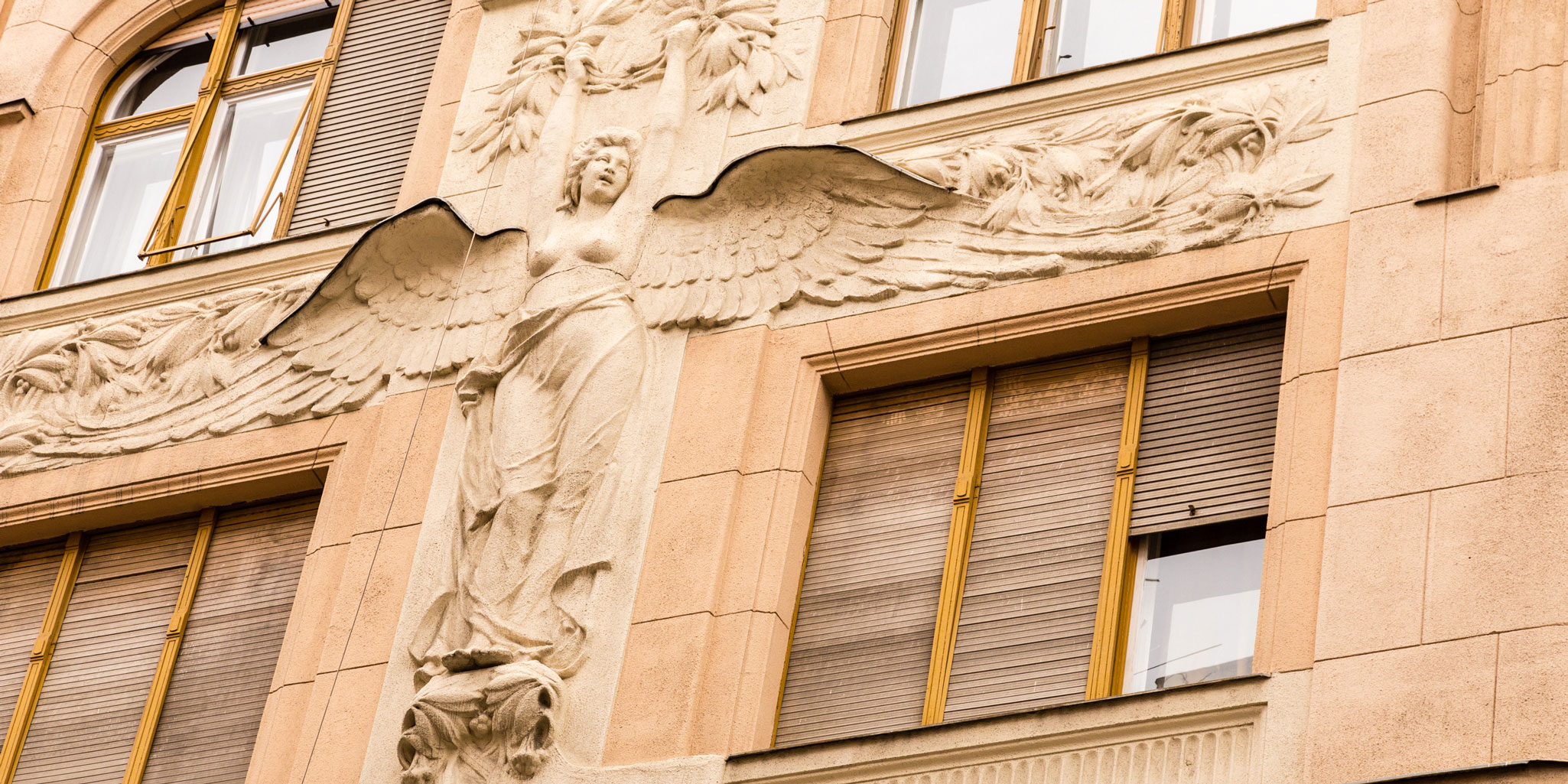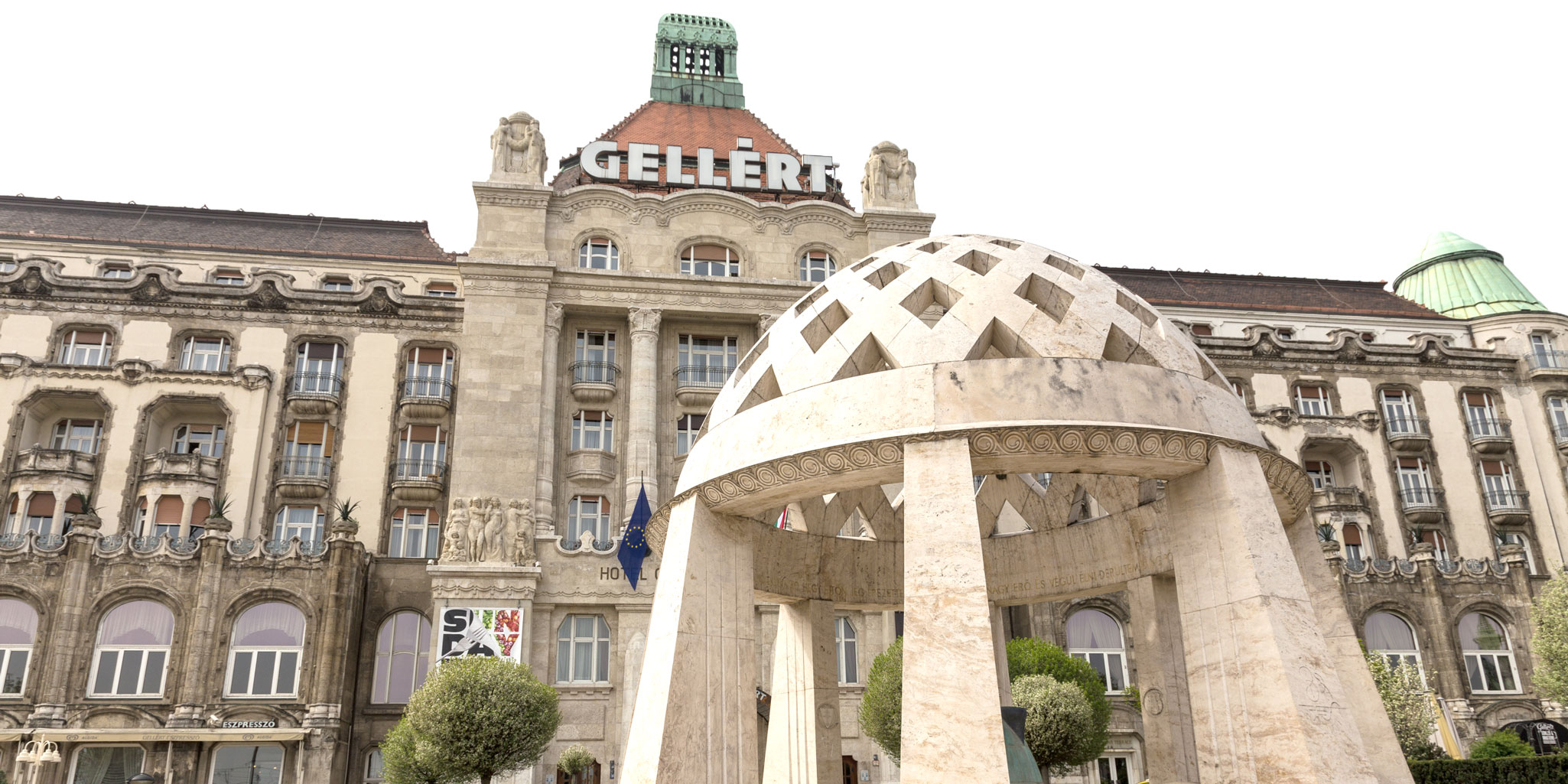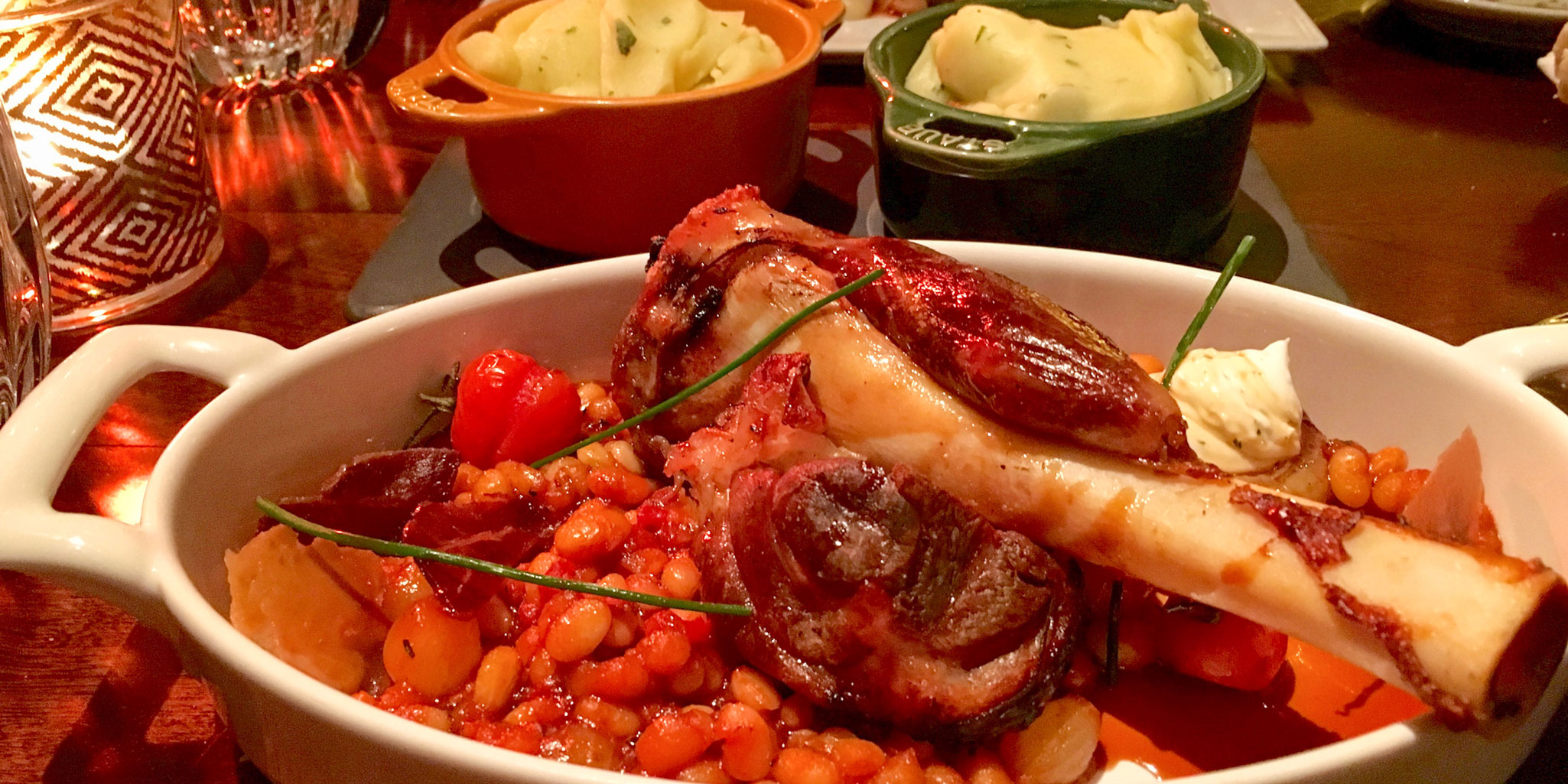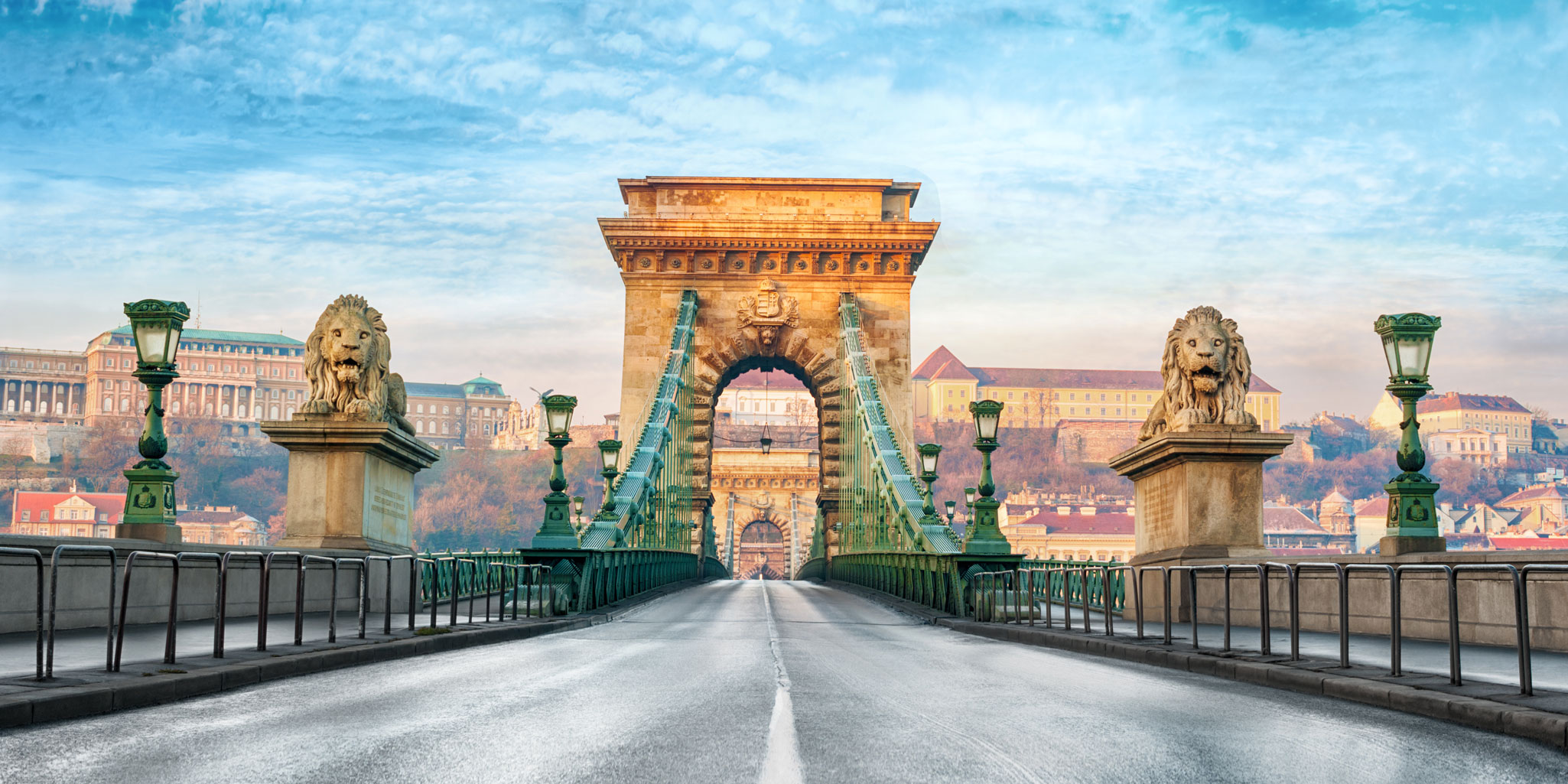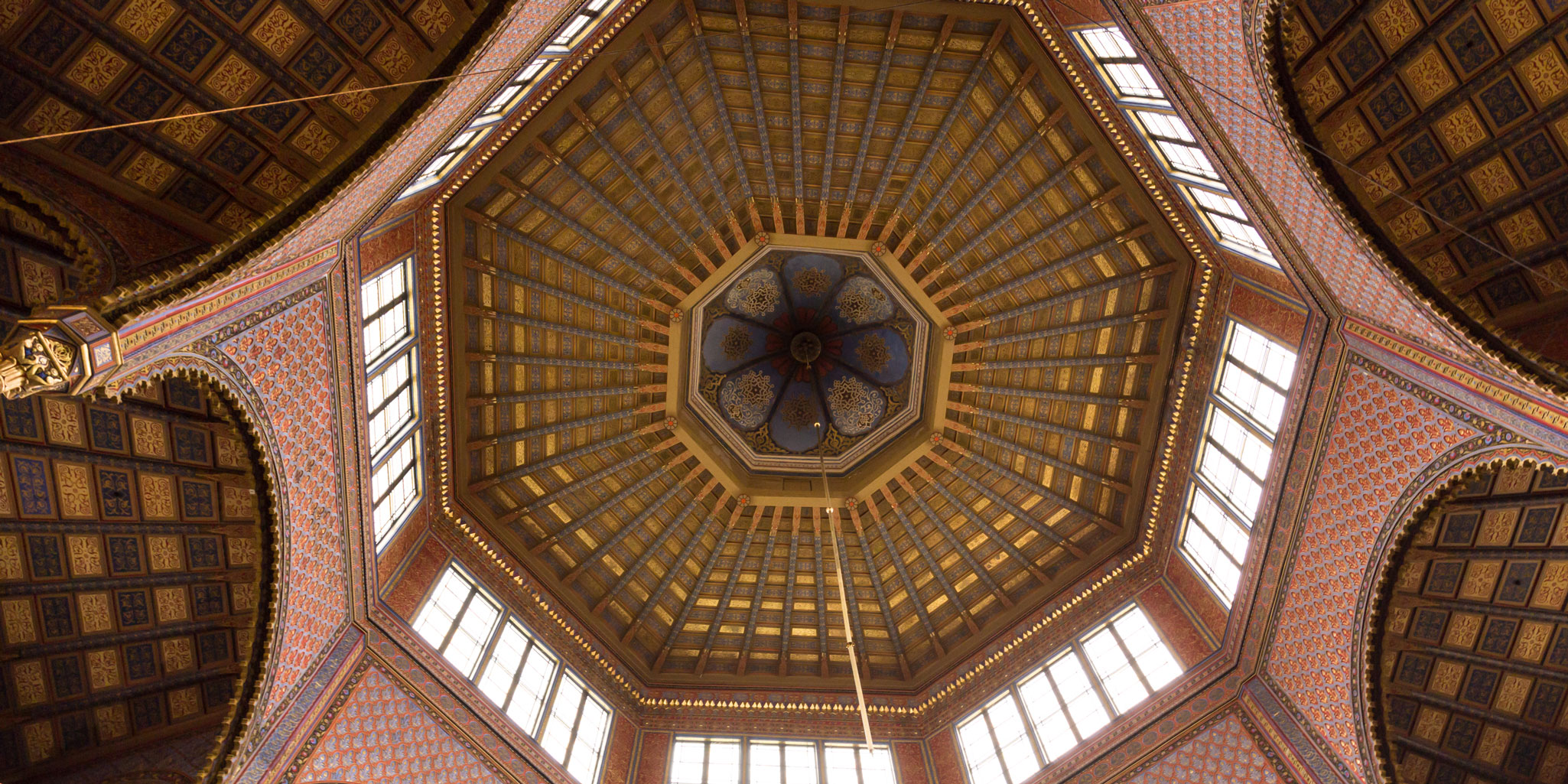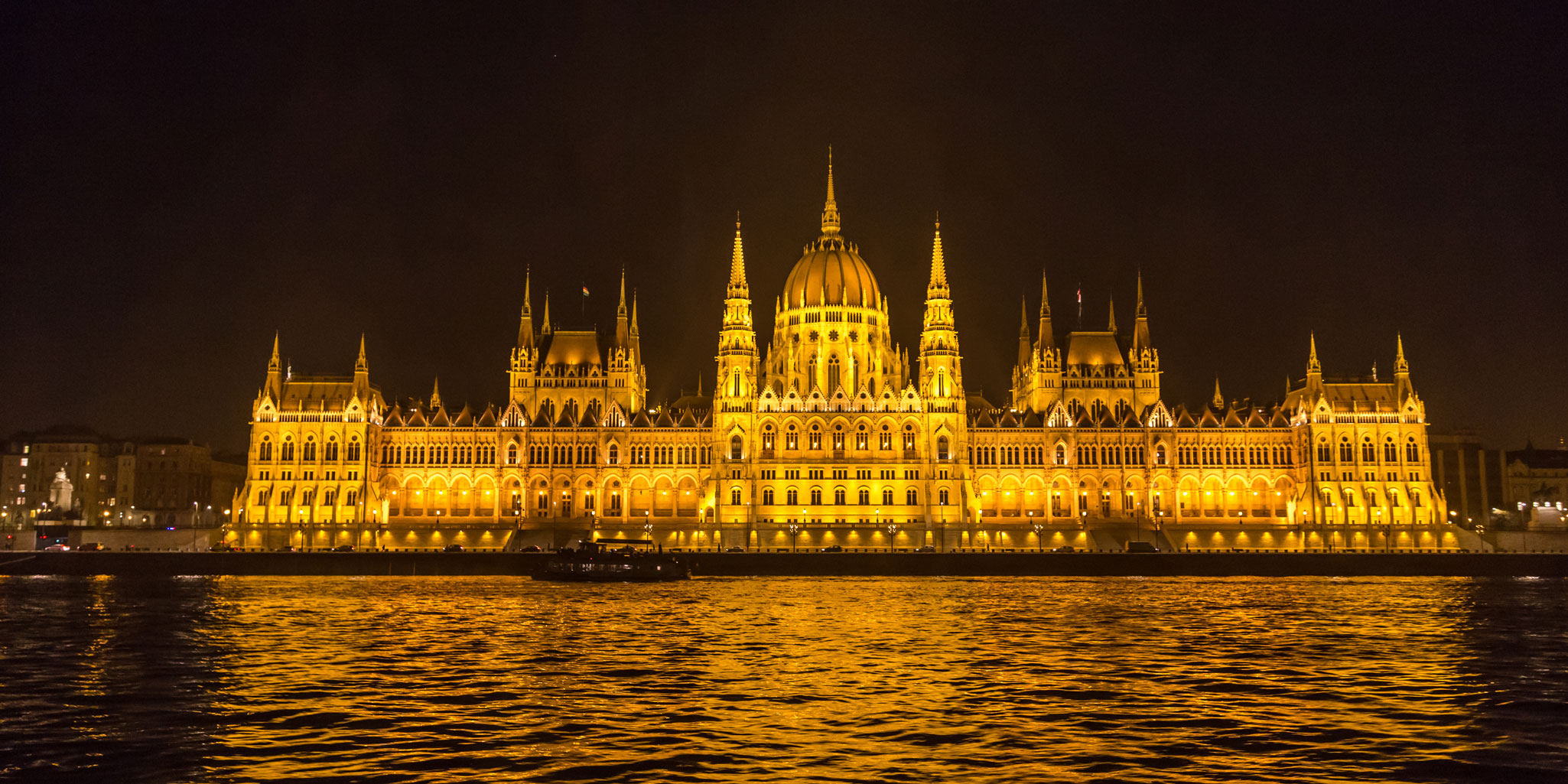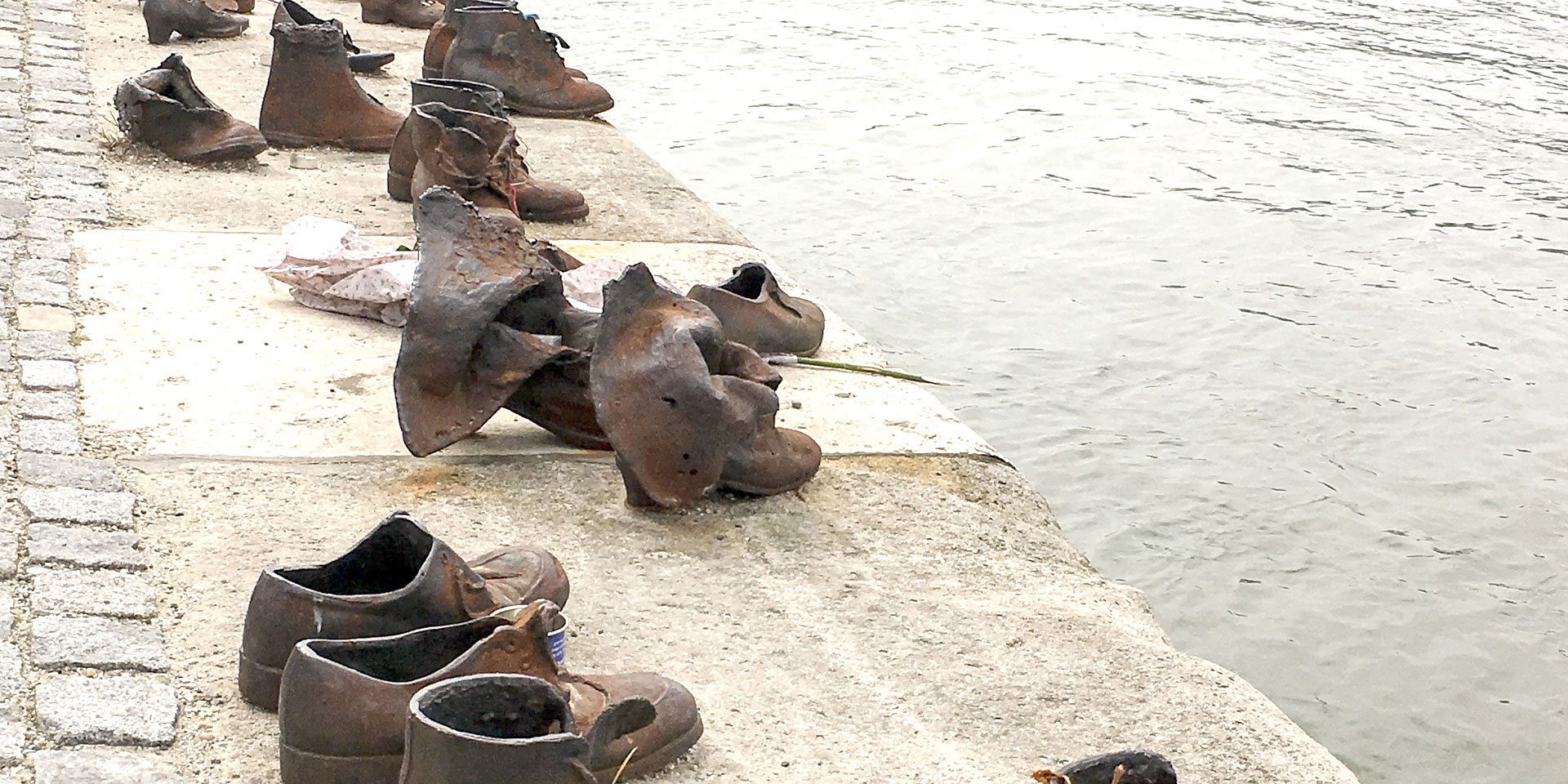
Budapest
Take a trip to one of Europe's most intriguing cities.
Long a crossroads between Western Europe and Asia, Hungary has been influenced by the Romans, Magyars, Turks, Austrians, and Soviets. Its cosmopolitan capital, Budapest, isn’t quite like anyplace else in Europe.
Budapest lies less than three hours from Vienna and is often called the Pearl of the Danube, a worthy nickname. The river waltzes through the city core: the bank on the west is named Buda and the one on the east is Pest. You can stroll along streets with grandiose architecture from the days of the Austro-Hungarian Empire; climb to high places adorned by castles, churches, and palaces; and sink into relaxing thermal baths. Plan on spending at least five days to take in the essentials.
Parliament Building, the capital’s most impressive structure, is certainly one of those essentials. Construction, which was completed in 1904, involved about a thousand workers, 40 million bricks, and half a million precious stones. During the communist regime a red star perched on the top of the dome, but it was removed in 1990, the year after Hungarian independence was proclaimed from the Parliament’s balcony. Today the government uses only a small portion of the building.
The immense structure (879 feet long, 404 feet wide, 315 feet high) features needle-nosed pinnacles that sparkle like lasers when illuminated at night. You can join a Danube cruise at twilight to capture the golden glow of Parliament reflecting on the water, an unforgettable picture. However, don’t miss the exquisitely painted grand halls and meeting rooms on the interior. The 16-sided, central-domed chamber showcases the former crown jewels. For the republic’s nearly 10 million residents, they remain significant, even though the royalty of Hungary ceased to exist in 1918.
Sculpture thrives in Budapest, from ravens symbolizing the fabled King Matthias, who fought the Ottomans, to Hero’s Park, which showcases monuments to warriors and government officials. You’ll discover statues of saints and kings, literary and musical giants, and 50 pairs of bronze shoes along the riverside commemorating the Jews who in 1944 were shot along the banks and left to fall in the Danube. Slightly outside the city stands Memento Park, an outdoor museum containing statues of Stalin, Lenin, Marx, and other figures that were removed from Budapest after the fall of communism.
The Széchenyi or Chain Bridge links the business side of Budapest with Castle Hill. It crosses the Danube River in front of Gresham Palace, now the Four Seasons Hotel. Meander over the suspension bridge and head up to the walled complex enclosing the Royal Palace, Buda Castle, Matthias Church, and Fisherman’s Bastion. Buda Castle dates back to the 13th century, but post–World War II reconstruction changed its appearance. Today, it hosts an archeological and history museum as well as the National Gallery (which will move to an art museum that’s under construction). The castle terrace offers panoramic views.
Also worth a visit is the Loretto Chapel, which holds a beloved 1515 statue of the Madonna and Child that was plastered over to protect it from the Ottomans. In 1686, it reappeared during canon fire when a wall collapsed. The reappearance scared enemy soldiers, and they fled, allowing the Christian army to recover the city. Hungarians attribute the miraculous victory to the Madonna, and many still bow at her feet.
Nearby stands the Fisherman’s Bastion, a seven-level, wedding cake-like construction of inter-connecting white stucco towers. Ascend a series of walkways to terraces and linger at the ultimate Budapest venue for a view while sipping drinks or dining. A roving violinist supplies atmospheric Hungarian music.
Spy the domes of St. Stephen’s dominating the skyline over on the Pest side of the river. This Vatican-sized Basilica of baroque design arose in honor of St. Istaván (St. Stephen), Hungary’s first Christian king, during the country’s millennial celebration of 1896. The high-ceilinged nave and stained-glass windows engender a feeling of insignificance in the presence of the divine. A chapel in the church rear displays the jeweled reliquary containing the saint’s right hand. If you’re ambitious, climb 364 steps to the panoramic tower and enjoy yet another outstanding downtown vista.
Hungarians feel passionate about music, especially the classical genre and the violin. Buskers play in the squares, and world-class musicians perform in historic concert halls. Favorite composers include Béla Bartók, whose work incorporates gypsy folk themes, and Franz Liszt. Hungarians also love Michael Jackson and still leave tributes beside a memorial tree near the five-star Kempinski Hotel.
Indulge your senses with a concert at the Hungarian State Opera House. Or, if you can’t make a performance, at least take a tour of the stunning gilded interior, with its three-ton crystal chandelier, marble pillars, and domed ceiling.
Another site worth visiting is the Dohány Street Synagogue, the second-largest synagogue in the world and arguably the most beautiful. Behind the temple stands a memorial garden with a weeping willow cast in steel, known as the Tree of Life. Each leaf of the tree is inscribed with the name of one of the 5,000 Holocaust victims buried nearby. Not until 1990, after the fall of communism, was it possible to acknowledge the Holocaust and erect the tree.
According to popular TV travel-show host Anthony Bourdain, “One thing that hasn’t changed through the years is the Hungarian affection for taking the waters—marinating in thermal baths, a tradition going back to the Romans, continued by the Ottomans, and something that survived through two wars and communism. And they do it in style.”
Indeed they do. Don’t forget to pack your bathing suit so you can slow your tempo by spending a few hours soaking in a therapeutic warm mineral water. Pick from a multitude of public bathing options around the city, such as the Gellért Baths, a historical complex of pools, tubs, saunas, and steam rooms in an art nouveau building. Afterward, you’ll feel relaxed yet energized without a massage or treatment, although these extras are always available.
You’ll find Hungarian food outstanding if you enjoy meaty dishes like sausages, goulash, stuffed cabbage, chicken paprikash, duck, and veal. Try street food for an authentic taste of local specialties along with Hungarian wine and beer. After a meaty and sauce-heavy meal, finish up with traditional, sophisticated pastries, such as cream cake, puff pastry, crepes, and strudel. Stop by a cukrászda (bakery shop) just to see the exquisite artwork of the cakes and cookies. Or join the cafe culture with coffee and a confection at the opulent New York Café.
It’s difficult to say exactly what makes Budapest feel quirky or slightly askew from the rest of Eastern Europe, but there’s something about the combination of history, language, culture, customs, and cuisine that sets it apart. And the city is as fun as it is unusual: wherever I went, I found open and friendly people and a dance card full of exciting activities. Budapest may just be the up-and-coming belle of the European Union.
Traveler Report Card
ACCOMMODATIONS (A+): Consider the highly acclaimed Aria Hotel Budapest, a musically themed boutique hotel with the latest technology, spa, rooftop dining/nightlife, plus a superb staff. Try the Kempinski Hotel Corvinus for top-notch business travel and 24-hour service. The opulent Boscolo Budapest incorporates the New York Café, and Ritz-Carlton and Four Seasons also offer five-star lodgings.
DINING (A+): Fine dining at Kollazs in the Four Seasons Gresham Palace features a grillroom atmosphere and scenic views. Cooked-to-order breakfast and afternoon wine and cheese are complimentary for guests at the Aria Hotel. Costes, Onyx, Borkonyha, and Tanti all have Michelin stars. Gorgeous views from terrace dining at Fisherman’s Bastion. Many dishes contain paprika, tomatoes, and peppers.
ACTIVITIES (A+): Budapest spins with activity. Select from opera and symphony concerts, thermal baths, river cruises, museums, walking, biking and architectural tours, and a look back at communism. So-called “ruin pub” crawls—visits to low-cost bars in majestic but uninhabited buildings—are popular nighttime entertainment for the younger crowd. Many tourists plan visits during the annual Easter festival and Christmas Market events.
Traveler Fast Facts
WHAT IT IS: Budapest is the capital of Hungary and one of the largest cities in the European Union. Its metropolitan area is home to more than three million people or nearly a third of the country’s residents. It is on the banks of the Danube, Europe’s second-largest river.
HISTORY: The Asian Magyars settled Hungary in A.D. 869. Recent leaders struggled during both world wars. Afterward, the country fell under Soviet control, and it didn’t establish its independence until 1989. Hence, the standard of living in Budapest has lagged behind that of other Western European capitals, but recent gains have diminished the disparity.
CLIMATE: Hungary lies within the temperate zone and has four distinct seasons. Its latitude is similar to those of Paris and Vienna.
LANGUAGE: Hungarian. Surprisingly, it’s not related to Slavic languages. Online booking may require Google translation and city signage can be confusing. If you need on-the-ground assistance in English, ask for help from young millennials instead of boomers.
MONEY: Although Hungary is a member of the European Union, the currency remains the Forint (Ft. or HUF). Credit cards are widely accepted.
GETTING THERE: Airlines don’t fly directly from the U.S. to Budapest, but air and rail connections from European cities are readily available. Ferenc Liszt Airport is 10 miles outside the city and has two runways, the longest of which is 12,162 feet.

